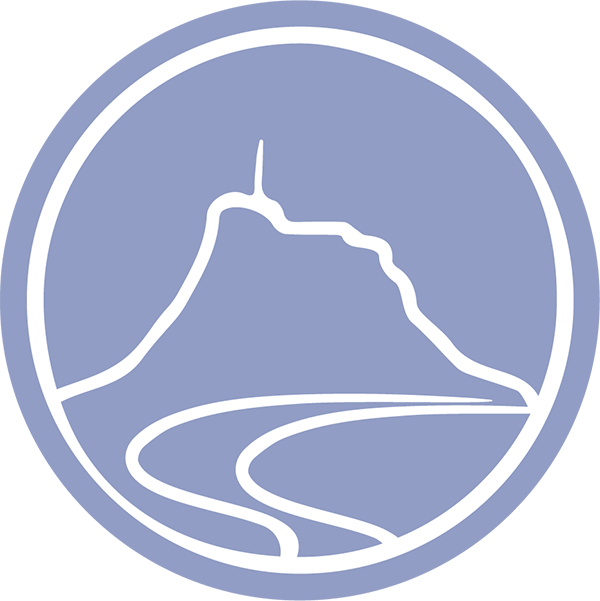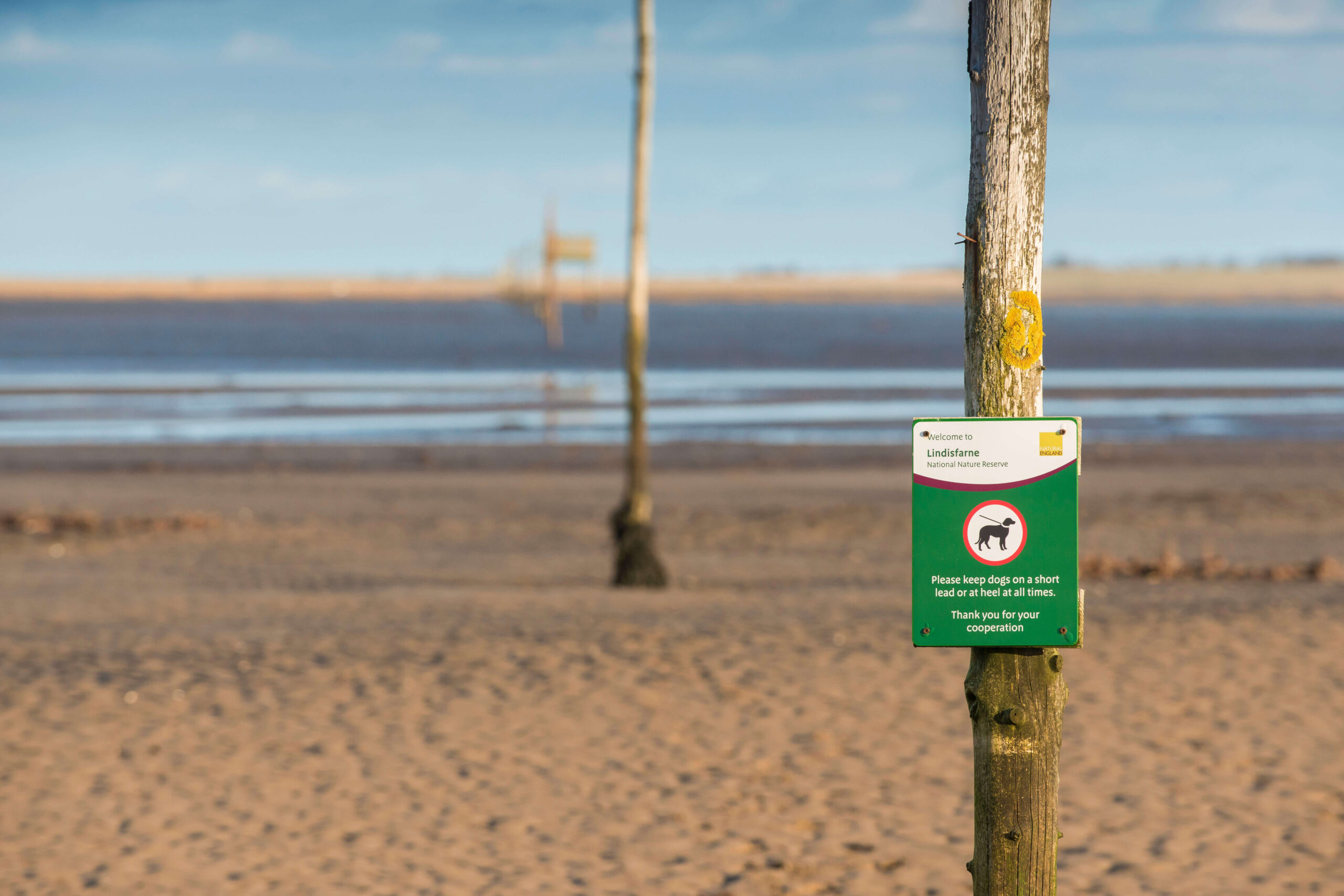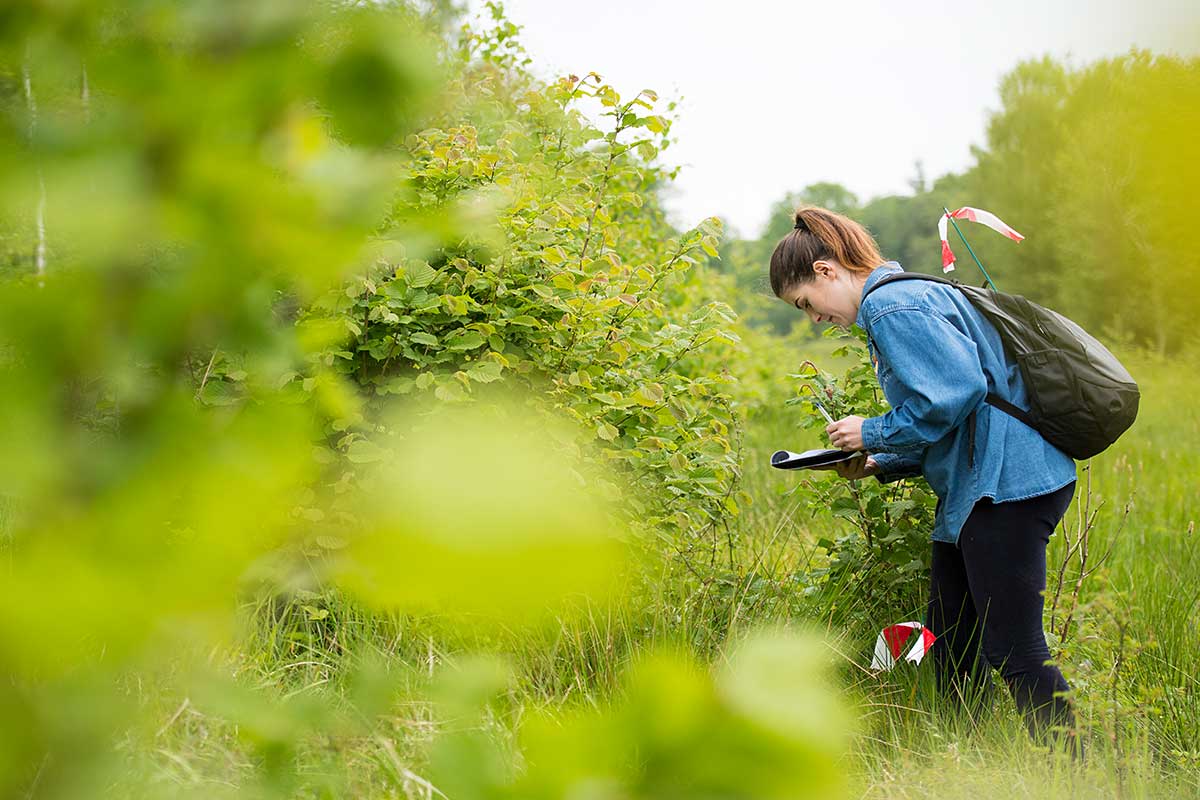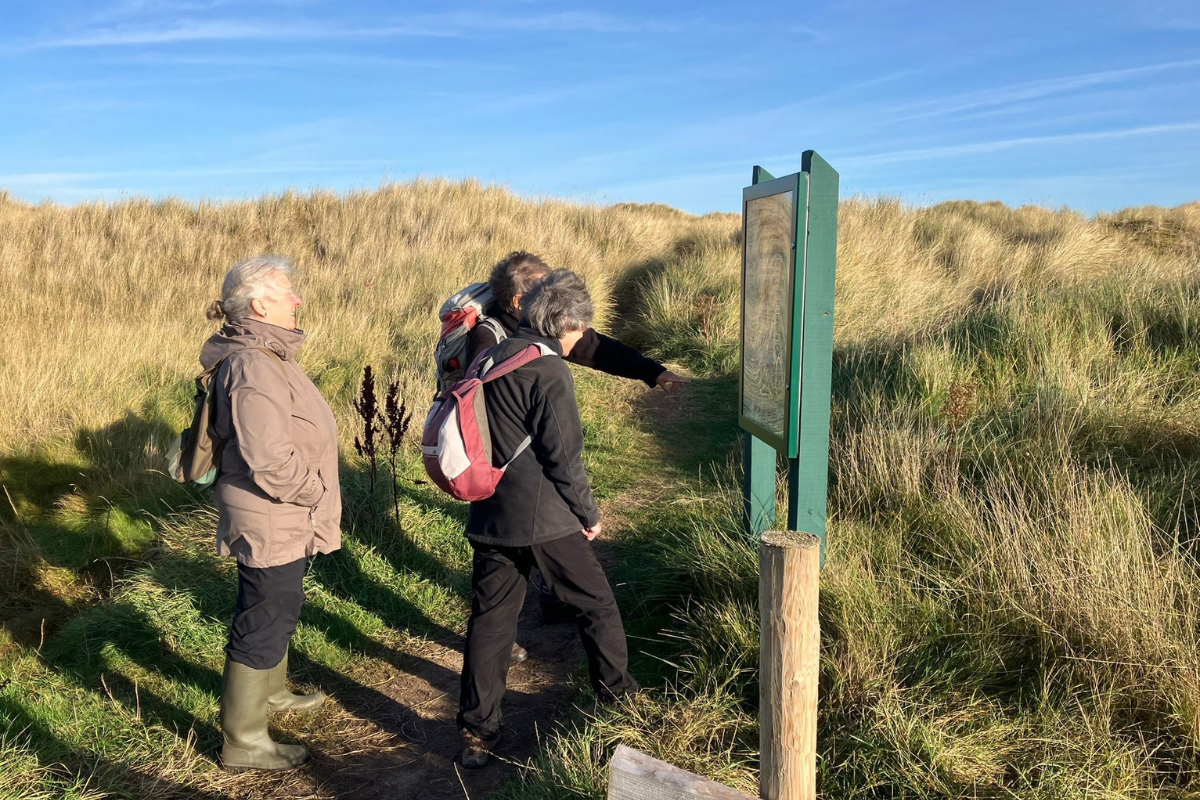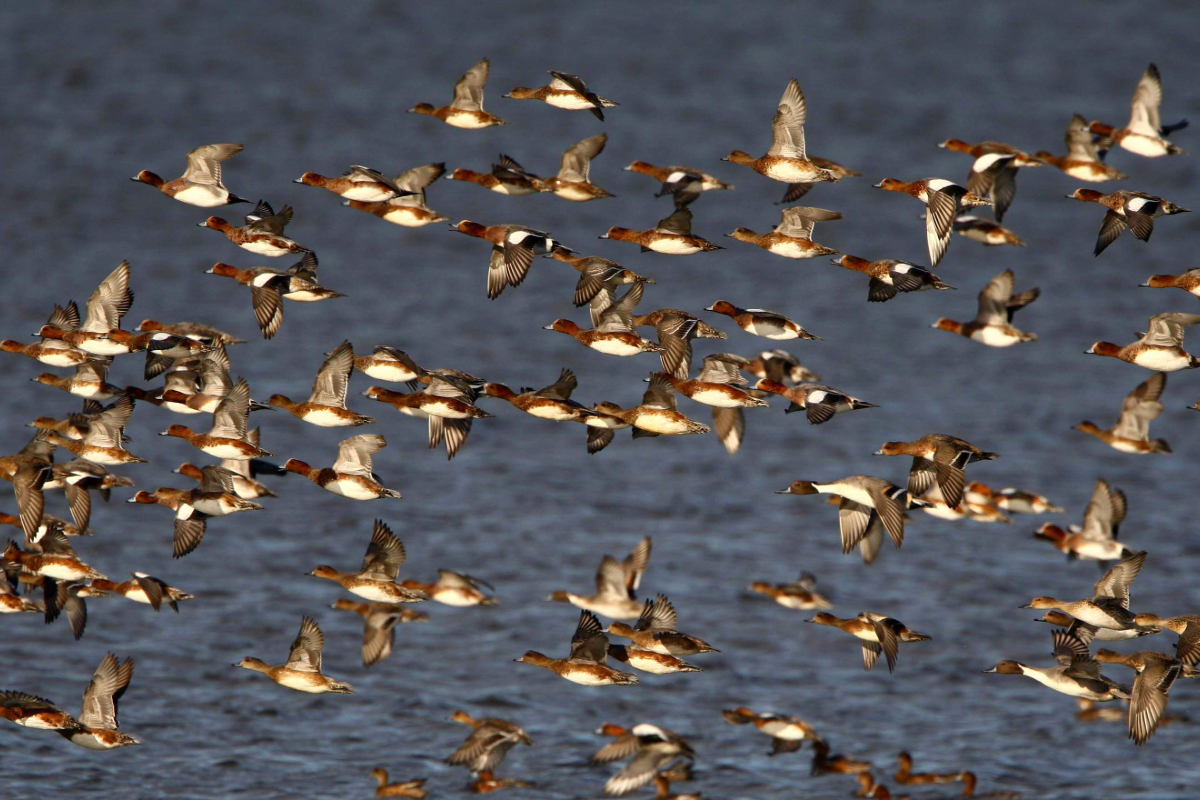Not all sensitive areas are protected adequately, byelaws/Codes of Conduct are a way of providing an additional layer of protection.
Current byelaws in force on Lindisfarne NNR prohibit the following activities;
a. taking, molesting or intentionally disturbing, injuring or killing any living creature;
b. taking or intentionally disturbing or destroying the eggs, larvae, pupae or other immature stages, or the place used for the shelter or protection of any living creature;
c. spreading or using any net, or setting or using any lamp or other instrument, or any snare or lure, for the taking, injury or destruction of any living creature;
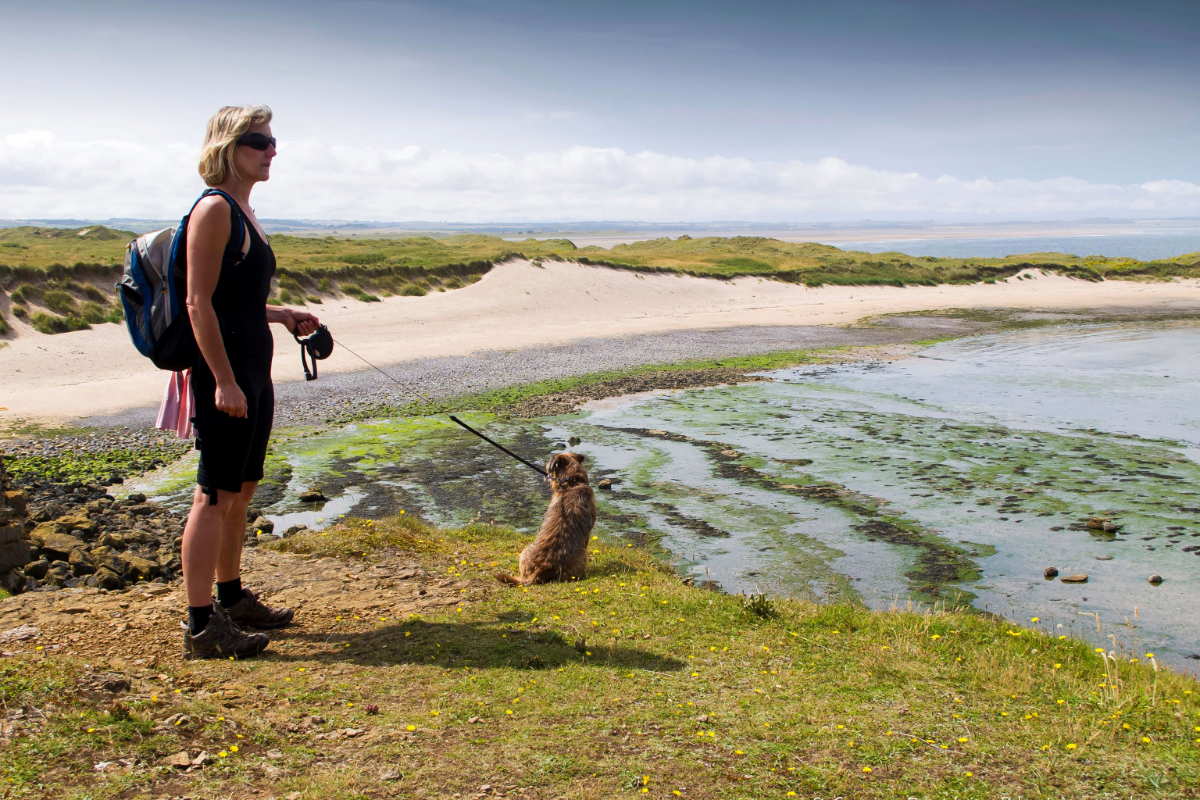
d. intentionally removing or displacing any tree, shrub, plant, fungus or part thereof, or other vegetation, whether living or dead, or any unfashioned mineral thing including water;
e. intentionally bringing, or permitting to be brought, into the Reserve any living creature, or the egg of any living creature, or any plant, or any seed or any other part of any plant, in such circumstances that it is likely that such creature or plant will reproduce or propagate itself, or such egg will hatch, or such seed will germinate;
f. driving, riding, propelling or leaving any mechanically propelled vehicle (including hovercraft) elsewhere than on a highway or a road, or in a place indicated by a notice as being available for the purpose, or landing any aircraft except in case of emergency;
g. bringing into, or permitting to remain within the Reserve; (i) any dog unless it is kept on a lead or at heel and is prevented from worrying or disturbing any animal or bird, or (ii) any other animal;
h. erecting, occupying or otherwise using any tent, shed or other structure or any vehicle or towed vehicle for the purpose of camping or overnight occupation;
i. lighting any fire, stove, heater or other appliance capable of causing a fire;
j. committing any act which pollutes or is likely to cause pollution of any water;
k. intentionally or recklessly removing or displacing, or negligently defacing, damaging or destroying any notice board, notice exhibited by order of the Council, apparatus, wall, boundary, bank, fence, barrier, railing, post or hide;
l. being in possession of a firearm with ammunition suitable for use in that firearm or discharging a firearm or lighting a firework;
m. projecting any missile manually or by artificial means;
n. erecting or using a camera mounted on a stand or concealing structure for the purpose of photographing or observing any wild animal or bird, or any apparatus for the transmission, reception, reproduction or amplification of sound, speech or images by electrical or mechanical means, except apparatus designed and used as an aid to defective hearing and apparatus used in a vehicle so as not to produce sound audible by a person outside the vehicle;
o. intentionally obstructing any officer of the Council or any person, or the servant of any person, employed or authorised by Council in the execution of any works including research or scientific work connected with the laying out, maintenance or management of the Reserve;
p. digging, collection and/or removal of bait of any description by hand or mechanical means;
q. between 1 April (or Good Friday if earlier) and 31 October inclusive
qq. between 1 November and 31 March (or Good Friday if earlier) inclusive
In sub paragraphs (q) and (qq) ‘boat’ means any vessel including a sailboard or personal watercraft
r. intentionally leaving items in a place other than a receptacle provided for deposit of litter or refuse.
The Lindisfarne NNR byelaws were passed in 1999. Over the last two decades there have been several social changes which have increased levels of recreational and commercial activities. For example, since 2000 the number of pet dogs in the UK has grown from 6.5million to 9million in 2020. North-east England has the highest proportion of dog ownership in the UK (36% of households have a dog compared to 23% nationally). There have been year on year increases in general visitors, alongside increased development of self-catering holiday accommodation and housing developments along the Northumberland coast.
This makes it timely for existing byelaws to be reviewed. WADER is working with a network of local stakeholders including Northumberland National Landscape, the Harbour Authorities, the Environment Agency and many more to review and update existing byelaws and Codes of Conduct.
Key issues are as follows:
The existing byelaw on Lindisfarne NNR requires dog owners to have their dogs on a short lead or at heel. There have been issues with on-going dog disturbance at shore bird breeding, feeding and roosting sites and disturbance to grey seal haul-out sites, with owners not in full control of their dogs. It is proposed that the requirement for dogs ’at heel’ will be removed and be replaced with a requirement for dogs to be on a short lead of no more than 1.5 metres. Issues around the use of Lindisfarne NNR by commercial dog walkers will also be addressed. There will be an examination of the practicalities of identifying some parts of Lindisfarne where there will be a dog ban.
Drones and aircraft are a major disturbance issue for all wildlife, but especially migratory birds. Restrictions are being explored – including on the use of unmanned aerial vehicles (UAVs) or low-flying aircraft below 460m (except in emergencies).
Water sport activity is restricted through a byelaw around much of Lindisfarne NNR but one of the access points into the water sport zone is very close to a recently developed spit which is now part of the Lindisfarne shore bird breeding programme. WADER will work with and learn from LIFE Recreational REMEDIES to help address the impacts of water sport activities in freshwater and marine areas (particularly damage to seagrass areas).
WADER is working with the Reserve team on a new proposed watersports byelaw, to apply annually between 1 April (or Good Friday if earlier) and 15 September, whereby the following will be prohibited:
Between 16 September and 31 March (or Good Friday if earlier) inclusive, a proposal is pending to prohibit:
‘watersports area’ shown below; ‘boat’ means any vessel including a sailboard, surf board, jet ski or any other type of l watercraft.
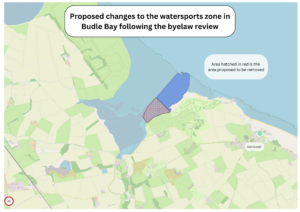
Below are the codes of conduct for all visitors, photographers and birdwatchers on Lindisfarne National Nature Reserve:
SEAL CODE OF CONDUCT
Lindisfarne National Nature Reserve has up to 4,000 seals hauling out on the sand flats, mudflats and rocky shore. You may be lucky enough to see and hear the haunting call of the seals as you enjoy your walk – here are our handy tips on how to act so that you and the seals are happy and safe.
There are only 2 species of seal that breed in the UK and at Lindisfarne NNR you can see both species- Grey and Harbour Seals. Grey Seals are the most common in the UK.
Although they may look lazy, these animals need to rest and haul out to digest, socialise and lay down fat in preparation for the pupping season in the autumn/winter. They may look cute and docile but their bite, as well as causing a significant injury, also carries nasty diseases.
KEEP YOUR DISTANCE – stay at least 100m away from hauled out seals. If you see any sign that they have noticed you, move away.
Keep any dogs on a short lead.
Look at seals through binoculars or telescopes where you can get a good view from afar and cause no disturbance to the animals. Causing seals to retreat into the water can cause them significant injury and the potential for younger animals to be crushed.
Never fly drones near seals. Drones are not permitted to be flown anywhere on the National Nature Reserve.
If boating or kayaking and you see seals hauled out on the coast, give them plenty of room. If you approach them they are likely to become stressed and flee into the water.
PHOTOGRAPHERS’ CODE
As a wildlife photographer you are valued force for nature conservation. Your good attitude and behaviour will generate the same amongst other photographers and visitors to the reserve.
Avoiding damage and disturbance
Photographers should be familiar with the natural history of their subjects to avoid damaging their interests accidentally. This is especially true of uncommon species and plants. The well-being of the wildlife must, at all times, take precedence over photography.
To fully enjoy the wildlife behaving naturally your presence should not impact on them or their habitats. For example, the use of bait or song tapes to attract birds to the camera is not permitted on the reserve.
Disturbing wildlife may keep birds away from their nests, leaving chicks hungry and cold or allowing predators to take their eggs or young and may prevent seals from resting or feeding.
During bad weather (rain, snow or exceptionally hot sun) repeated disturbance of birds means they use up vital energy and time needed for feeding which can reduce their chances of survival.
Be aware that the NNR has a number of sensitive habitats which should be avoided e.g. the dune slacks.
Any incidental damage to surrounding vegetation, which may include young plants, must be avoided. When microhabitats (e.g. tree-bark, beach rocks etc.) have been disturbed, they must be restored after photography.
No flora or fauna should be removed from the National Nature Reserve. This includes uprooting or picking plants and any form of capture including the use of butterfly nets.
Dogs should be kept on a short fixed lead.
Keeping your distance
Birds flying away, or wildlife making repeated alarm calls, mean that you are too close and if they fly or move away you won’t get a good photograph!
Please stay on roads, paths or desire lines.
Hides offer the best views
Please use the hides – at the Lough on the island, at Fenham-le-Moor and Elwick.
Observing wildlife from within the hides minimises disturbance to the animals and other site users. Optimal views of birds can be achieved by visiting the hides on an incoming tide.
When using the hides, respect other users by keeping noise to a minimum, and not taking up too much space with bulky equipment.
Respect the interests and knowledge of fellow hide users, and freely share your experience and knowledge.
Photos of rare species
If you intend to publish or exhibit an image of a rare species consider the impact of incidentally releasing any information which may indicate its location.
Be aware of the relevant bye-laws (see the back of the signs on the National Nature Reserve). In particular these specify that it is prohibited to;
Any damage to habitat may be illegal on a nature reserve or SSSI, even if the landowner has given permission.
It is an offence to intentionally or recklessly disturb:
Anything suspicious?
If you see anyone disturbing or damaging either the wildlife or habitat on the reserve, please call the NNR Manager on 01289 381470.
If there is no reply please leave a message, with as much detail about the incident as you can and including a 6-figure map reference if possible.
BIRDWATCHERS’ CODE
As birdwatchers you are a valued force for nature conservation. Your good attitude and behaviour will generate the same amongst other birders and visitors to the reserve. Whether your interest is bird watching or photography the interests of the birds must always come first.
Avoiding disturbance
Bird watching is just that – watching birds, so please do not cause disturbance by activities such as flushing.
To fully enjoy the birds behaving naturally your presence should not impact on them or their habitats. Use of bait or song tapes to attract birds to the camera is not permitted on the reserve.
Disturbing birds may keep them away from their nests, leaving chicks hungry and cold or allowing predators to take their eggs or young.
During bad weather (rain, snow or exceptionally hot sun) repeated disturbance means birds use up vital energy and time needed for feeding which can reduce their chances of survival.
Dogs should be kept on a short fixed lead.
Keeping your distance
Birds flying away, or making repeated alarm calls, means that you are too close and if they fly away you won’t get a good view!
Please stay on roads, paths or desire lines.
Bird hides offer the best views
Please use the bird hides – at the Lough on the island, at Fenham-le-Moor and Elwick.
Observing birdlife from within the hides minimises disturbance to the birds and other site users. Optimal views can be achieved by visiting the hides on an incoming tide.
When using the bird hides, respect other users by keeping noise to a minimum, and not taking up too much space with bulky equipment.
Respect the interests and knowledge of fellow-birders, and freely share your experience and knowledge. Please use the observation books in the hides to record your sightings for others to enjoy.
Personal hides are not allowed on the National Nature Reserve.
Group birding and rare birds
Please keep group sizes small (no more than 6 people) to minimise any impact on the reserve and so that you don’t interfere with other users.
If you see a rare bird consider the impact of sharing this information, in terms of increased visitors, the risks to the bird for example from egg collectors or persecution as well as the risks to other sensitive species on the reserve such as breeding terns, wading birds or rare plants.
On the National Nature Reserve always inform the Site Manager when first sighting a rare bird.
The law
Be aware of the relevant bye-laws (see the back of the signs on the National Nature Reserve), especially those relating to birds and their eggs. In particular these specify that it is prohibited to;
Any damage to habitat may be illegal on a nature reserve or SSSI, even if the landowner has given permission.
It is an offence to intentionally or recklessly disturb:
Anything suspicious?
If you see anyone disturbing or damaging either the wildlife or habitat on the reserve, please call the NNR Manager on 01289 381470.
If there is no reply please leave a message, with as much detail about the incident as you can and including a 6-figure map reference if possible.
Thank you for your co-operation
For more information please contact the Reserve Office on 01289 381470
To deliver positive behaviour and reduce impacts to sensitive areas of seabed, additional voluntary measures will be trialled. These will be developed using a bottom-up approach, initiated by community members to help secure broad community support. Codes will be supported with printed information/materials and/or signage depending on local demand/circumstances.
